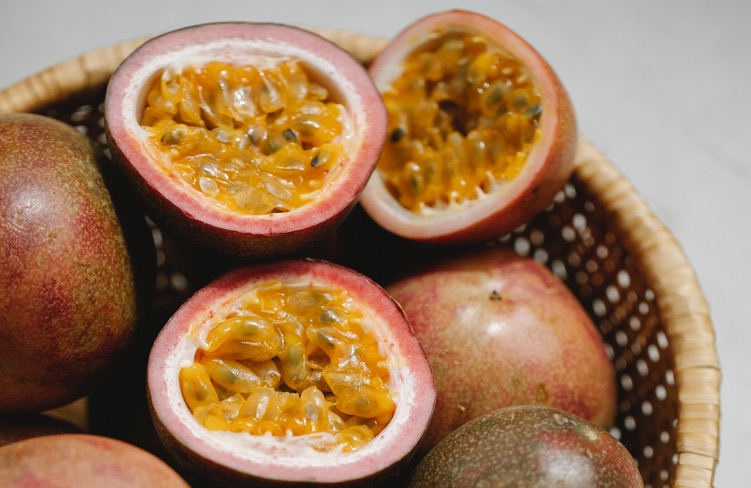
Fruits are loved by many, and these fleshy, juicy gifts of nature bring joy to one’s face and stomach. While many general favorites like apples, oranges and strawberries exist, they are not indigenous to Africa. The African continent is a place that can boast of unique indigenous fruits and vegetables. This is due to its vast ecosystem allows it to support a large growth of different vegetation.
Studies show that 70% of fruits are tropical, and Africa’s predominantly tropical climate primes the continent as one of the world’s largest producers of tropical fruits. Nevertheless, the growth of diverse vegetation across Africa’s ecological zones ensures an everlasting supply of nutrients through tasty fruits.
We have compiled a list of some of the tastiest indigenous fruits in Africa, spanning different regions. These fruits are rich in taste and nutritional value, and your taste buds and stomach will thank you for indulging in such deliciousness.
The list
Baobab (Adansonia digitata)
It seems only fitting that fruits of the famed Baobab Tree (or “Tree of Life” as it is often called) should lead this list. While largely native to Madagascar, it is also found in mainland Africa. Often eaten in powdery form, it can also be eaten raw and is a local favorite among the Hadza and Swahili tribes in Tanzania.
African Star Fruit (Chrysollum albidum)
This native fruit is indigenous to the African tropics, including Nigeria. It is so named because of the arrangement of the seeds, which are in a star-like formation. Its local names are ‘agbalumo’ and ‘udara’ in the west African region of Africa.
African Pear (Dacryodes edulis)
Like the African Star Fruit, the African pear goes by different names depending on the location; ‘Safou’ in Congo, ‘ube’ in Eastern Nigeria, and ‘atanga’ in Gabon. Common in Central and West Africa, it is usually eaten raw, boiled or roasted and paired with roasted or boiled corn in some regions. The oil obtained from heating the outer texture is highly rich in fat.
Passion fruit (Passiflora edulis)
This is a tropical vine that grows in warm climates worldwide. Providing the body with nutrients like vitamin C, it is also rich in antioxidants and iron. The seed and pulp are the only edible parts of the passion fruit. South Africans usually make passion fruit juice by blending it with milk and alginate. It is worth noting that people with a latex allergy are susceptible to allergic reactions when consuming passion fruit. Passionfruit comes in green, yellow and purple varieties, with the latter being the most recognized.
African Velvet Tamarind (Tamarindus indica)
Alternatively known as black velvet tamarind, this seed-like fruit is the fruit of the Dialim Guineense tree, native to dense forests of the Sahel and has a sweet and piquant taste. The Yorubas of South Western Nigeria refer to it as ‘awin’ and in Ghana, it is ‘yooyi’. It has a non-edible velvet shell hence its name, and from a distance appears to have the semblance of small grapes. While not the most popular fruit, it certainly proves its worth once it hits your taste buds.
While there are tons of indigenous fruits scattered on the continent, these five are on our list because of their distinct taste, popularity in different regions and nutrients provided to the body. They’re worth tasting, and your tongue will be delighted to have a taste of them.

